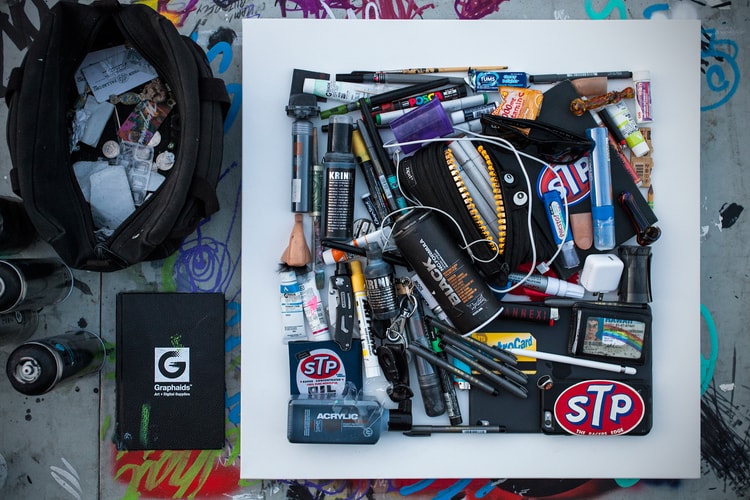Google Is Preserving Great Works of Art With Its Own Super High-Res Camera
Kudos to the Google Cultural Institute.
In the first five years of its existence, the Google Cultural Institute worked tirelessly to preserve some of the world’s greatest works of art via super-high-resolution gigapixel images on its website. Unfortunately, however, the process was slow and laborious, requiring an entire day to capture a single image — the result of which was about 200 archived works over the course of the project. Thankfully, however, the project has been able to scan 1,000 additional images in the past few months alone — an acceleration that can be credited to Google’s own high-res camera.
Simply dubbed the Art Camera, Google’s design — which is supposedly far simpler to use than similar setups — allows museums to easily digitize their collections for preservation. Operators simply point the camera at each edge of the painting and then the camera goes about taking extreme close-ups of the work before sending them to Google’s servers to be transformed into a single gigapixel file and uploaded to the project’s website just hours later. In fact, that aforementioned day-long wait time from years past? It’s been drastically reduced to just 30 minutes for a one-meter by one-meter work.
At present, Google has crafted twenty of its Art Cameras and loaned them out to museums across the globe, thus insuring they can preserve their pieces while allowing those across the world to check them out for themselves. To see some of the camera’s latest captures (including pieces by the likes of Van Gogh and Monet), head on over to the Google Cultural Institute’s website.












